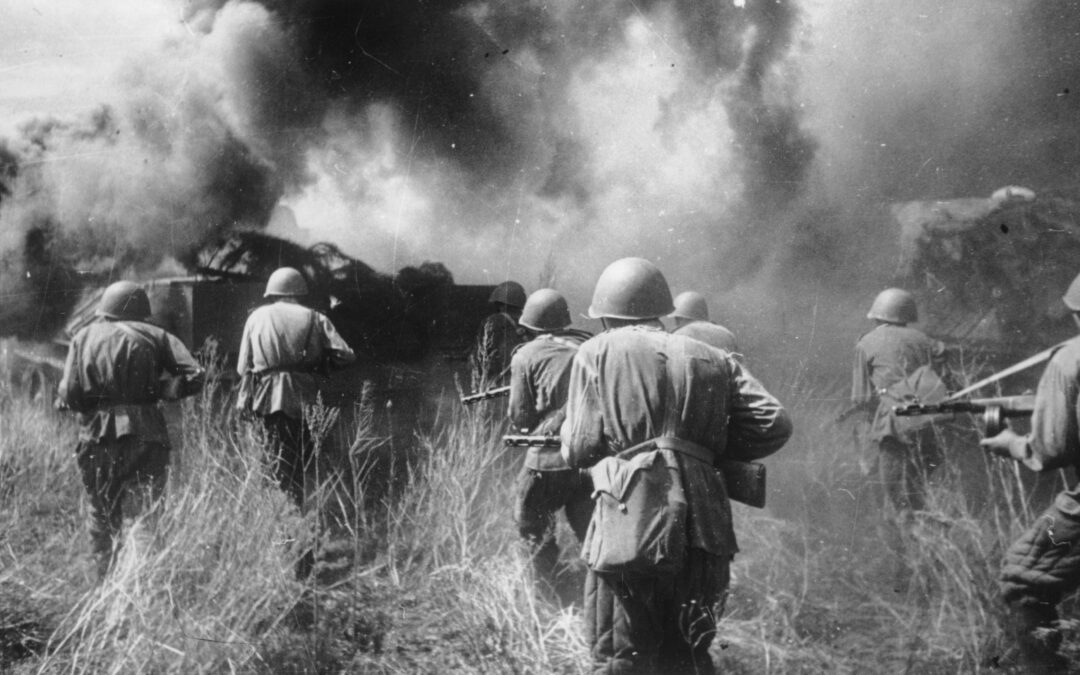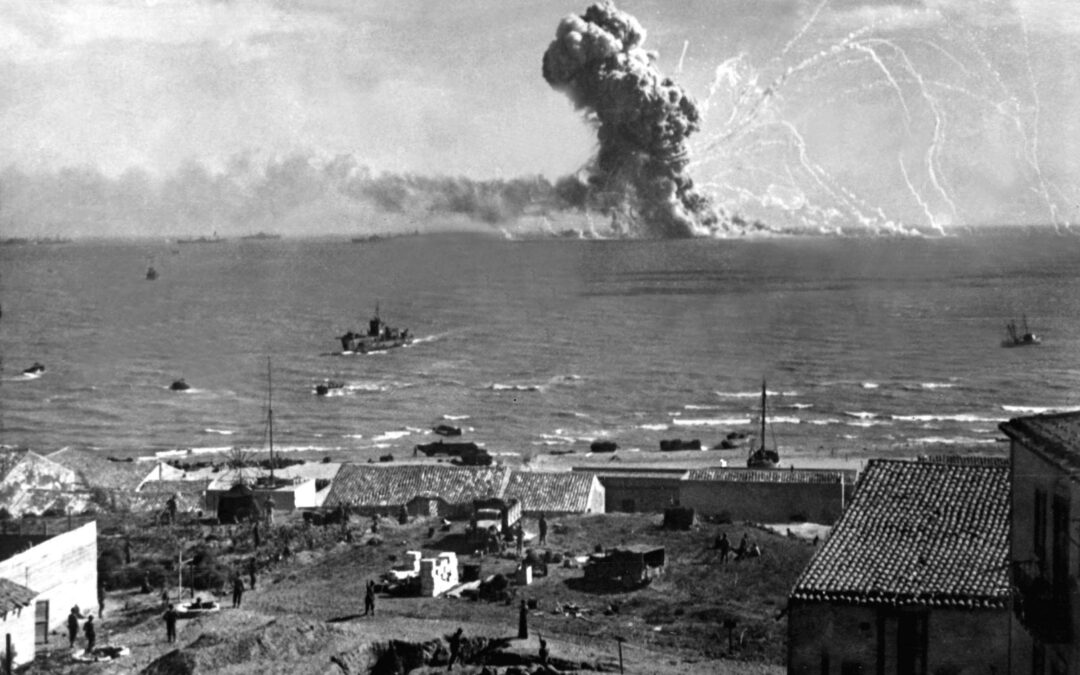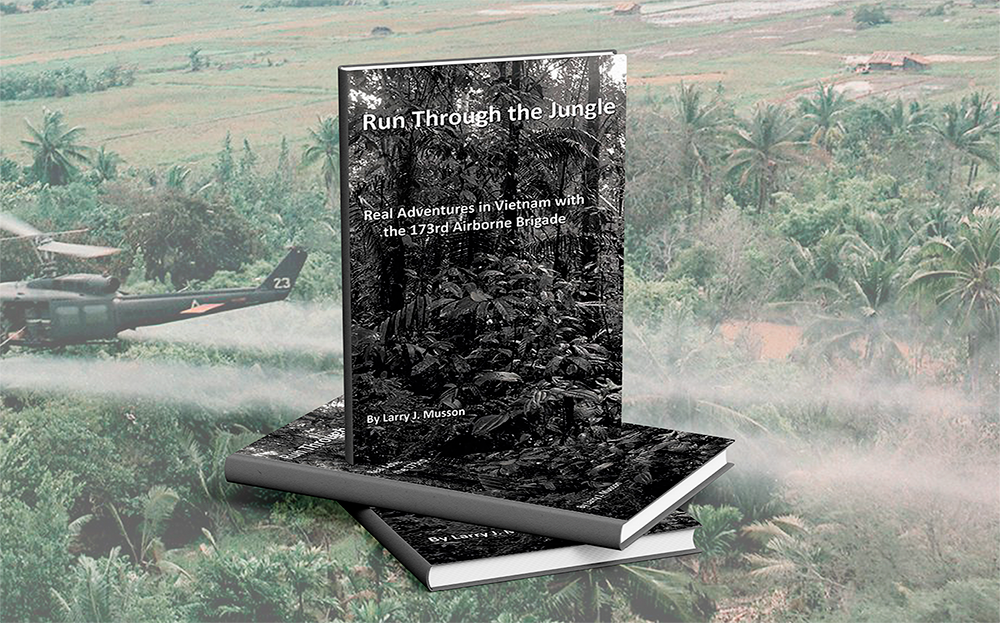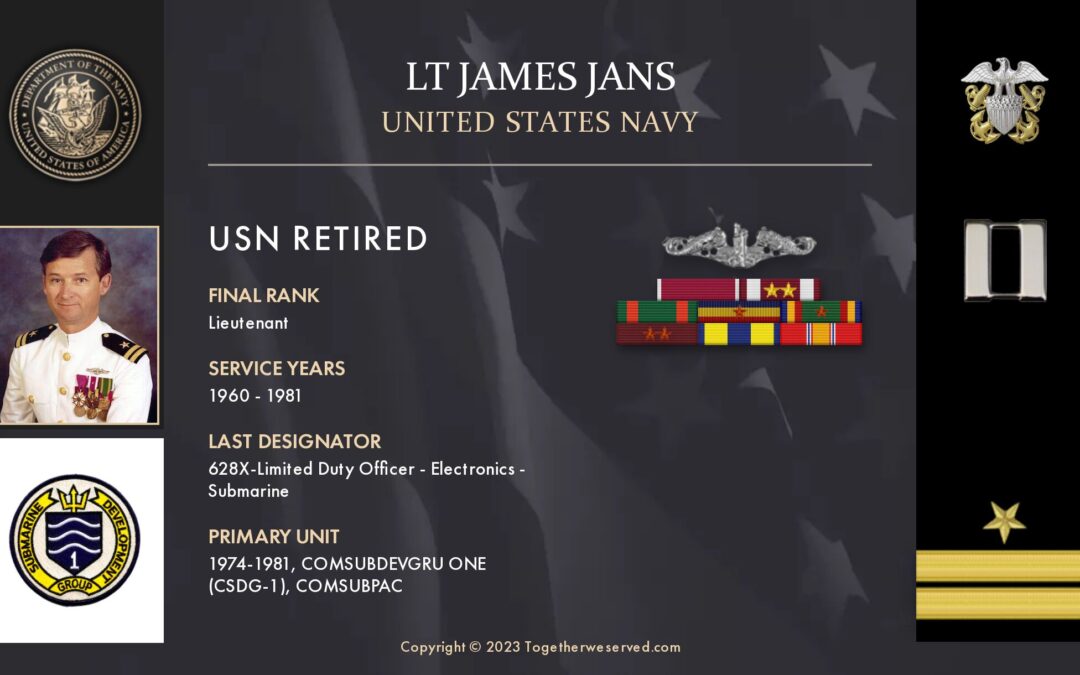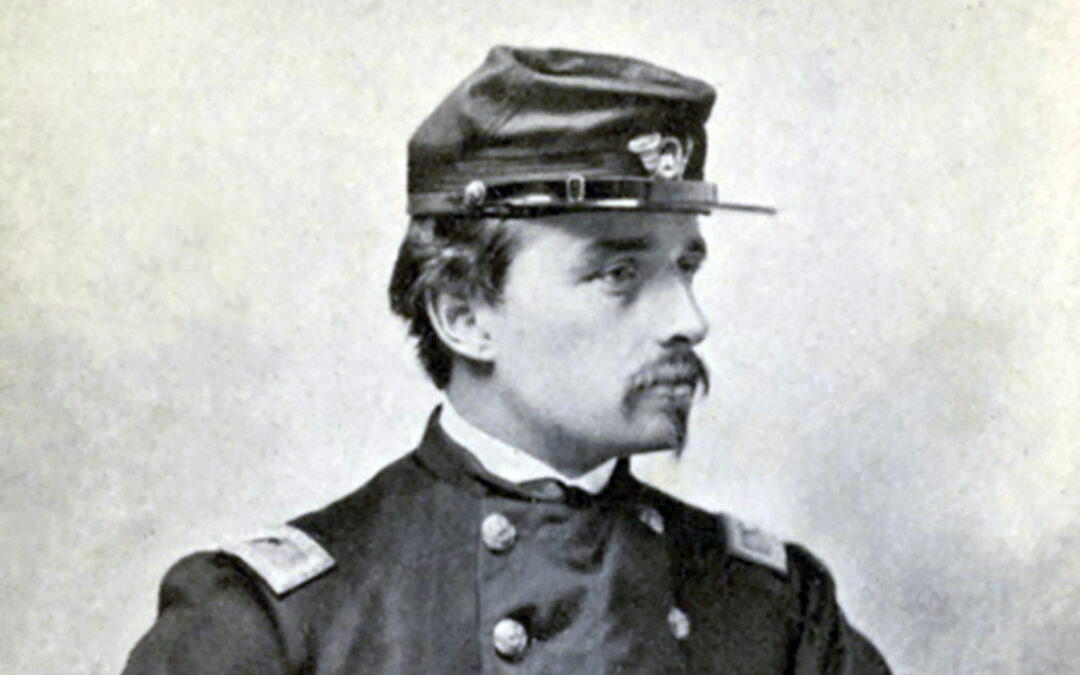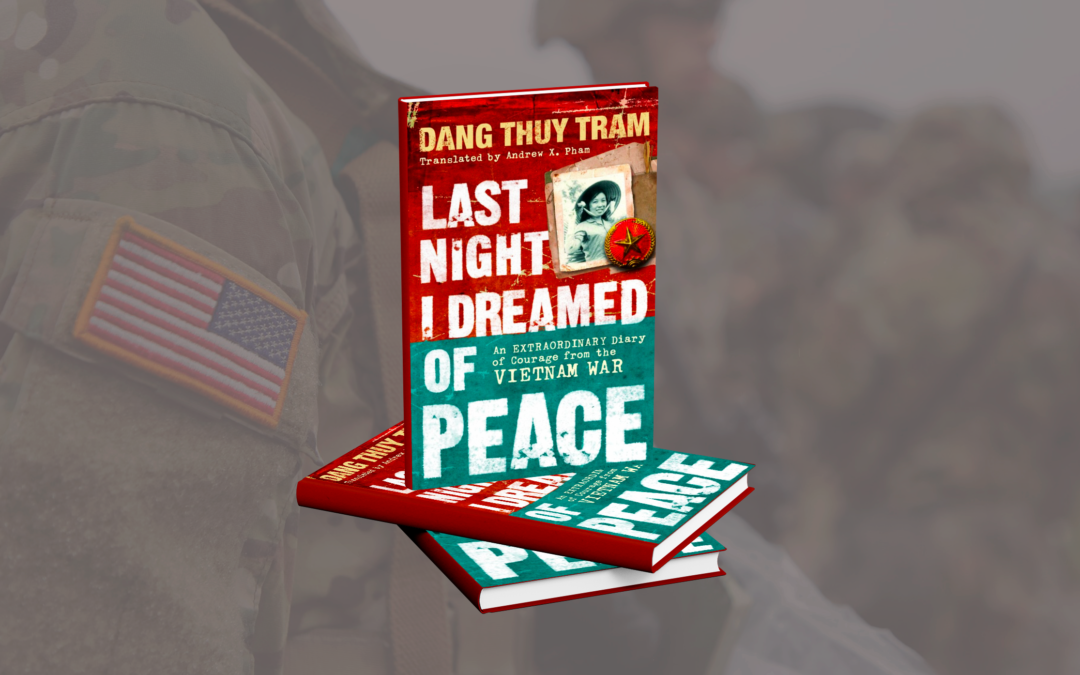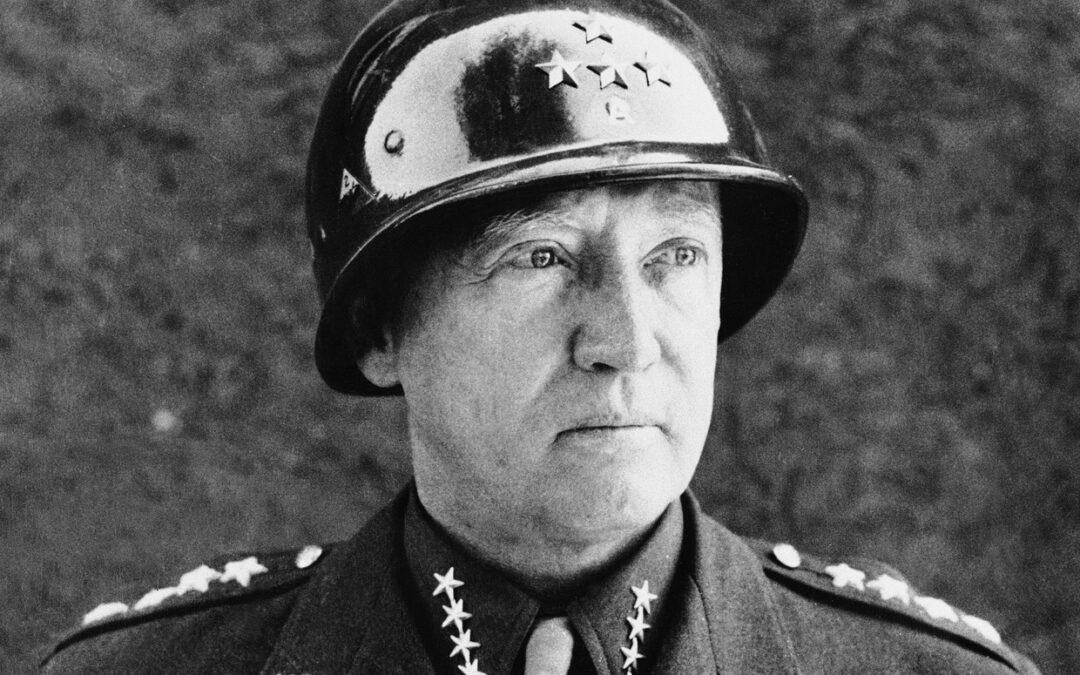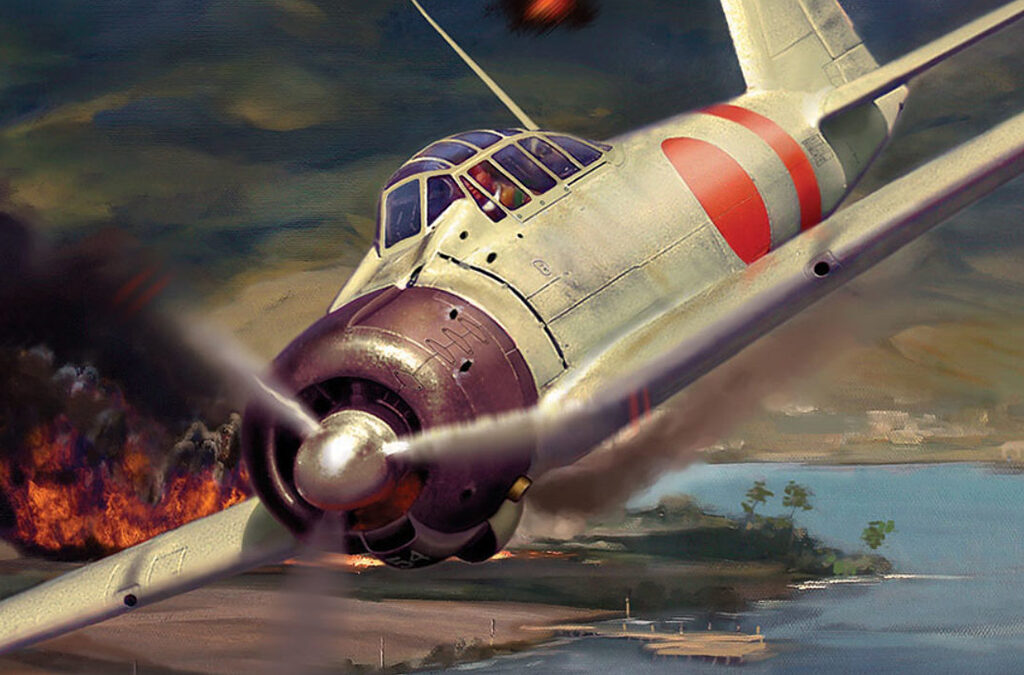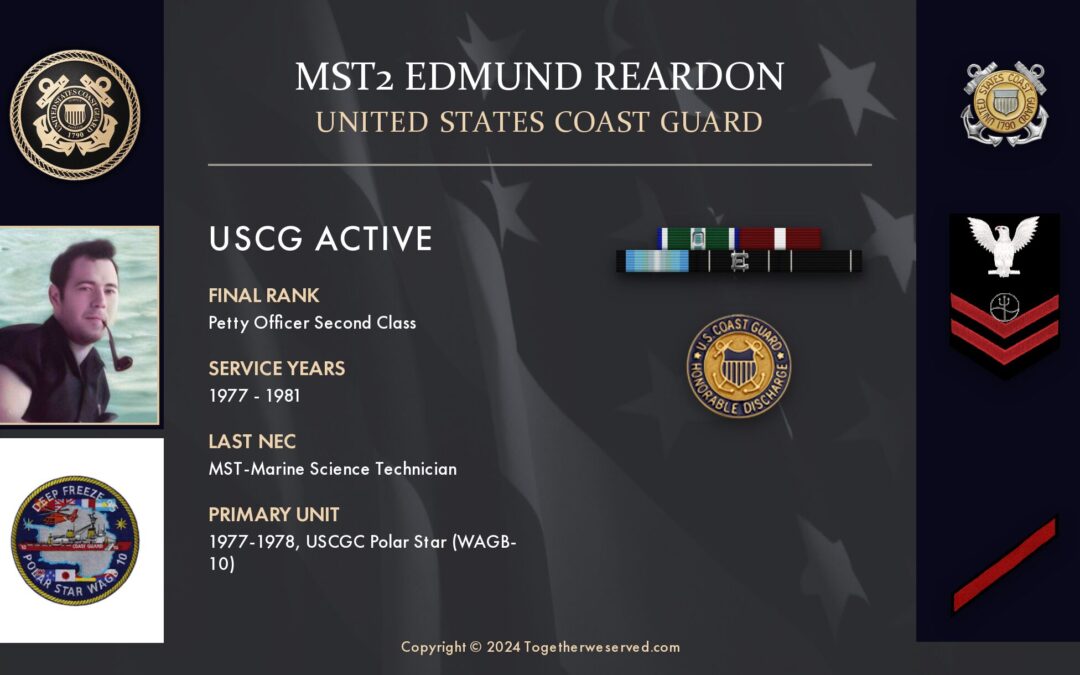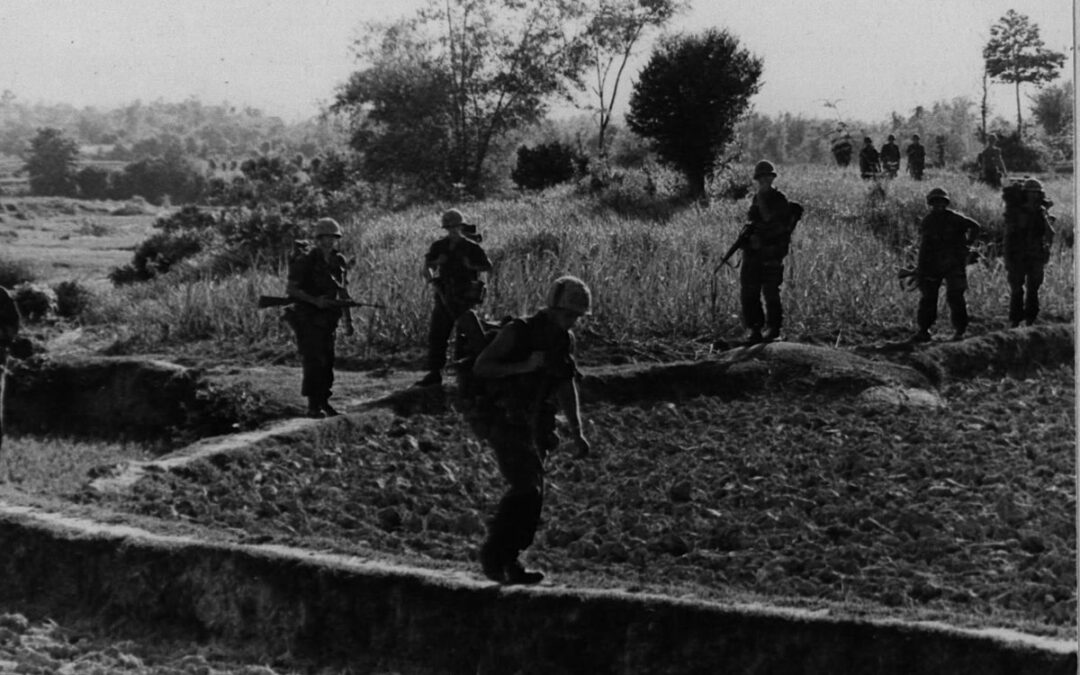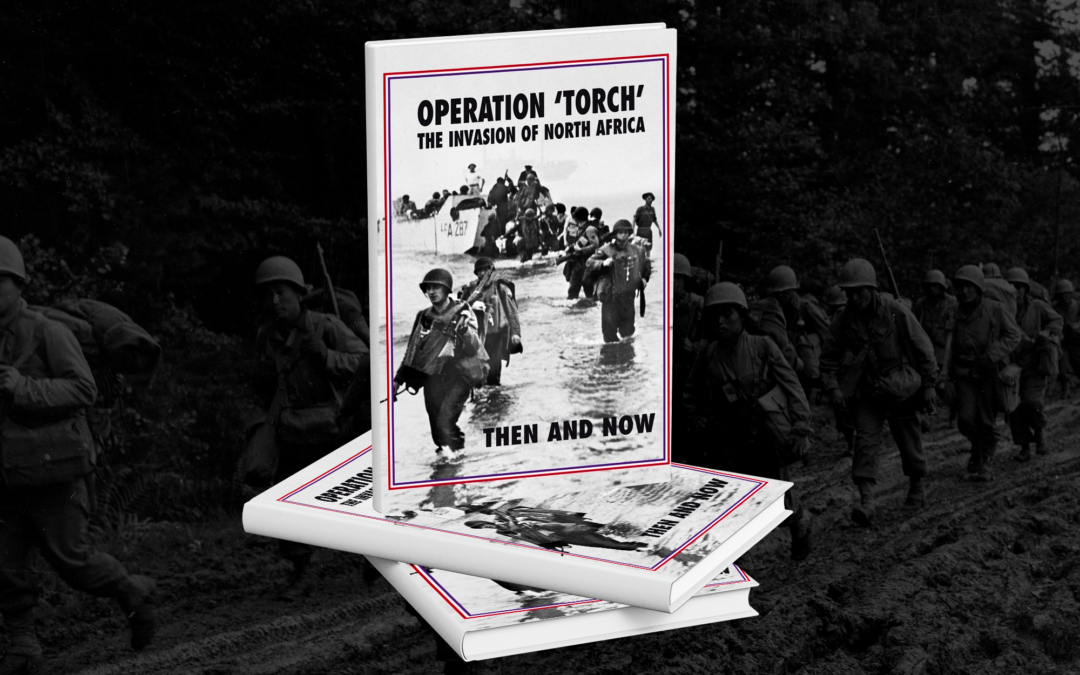Wars are expensive, and there was a time when the United States paid for them with money instead of going into debt. Back in those days, however, the American government collected revenue very differently. Those old-timey methods of paying the bills led to more than 100 years of telecommunications excise taxes, including cell phone taxes that some believed were still paying for America's 1898 war with Spain. Congress did originally pass an excise tax to pay for the Spanish-American War, but it was renewed time and again over decades to pay for more wars. The Role of Excise Taxes in Funding Wars At the turn of the 20th Century, the U.S. government drew most of its money from tariffs. Excise taxes on specific goods (like tobacco and coffee) were another source of revenue. The United States imposed its first income tax during the Civil War, but it was repealed in 1872. So when it came time for war with Spain, Congress needed a way to pay for it. The answer they came up with was an...
